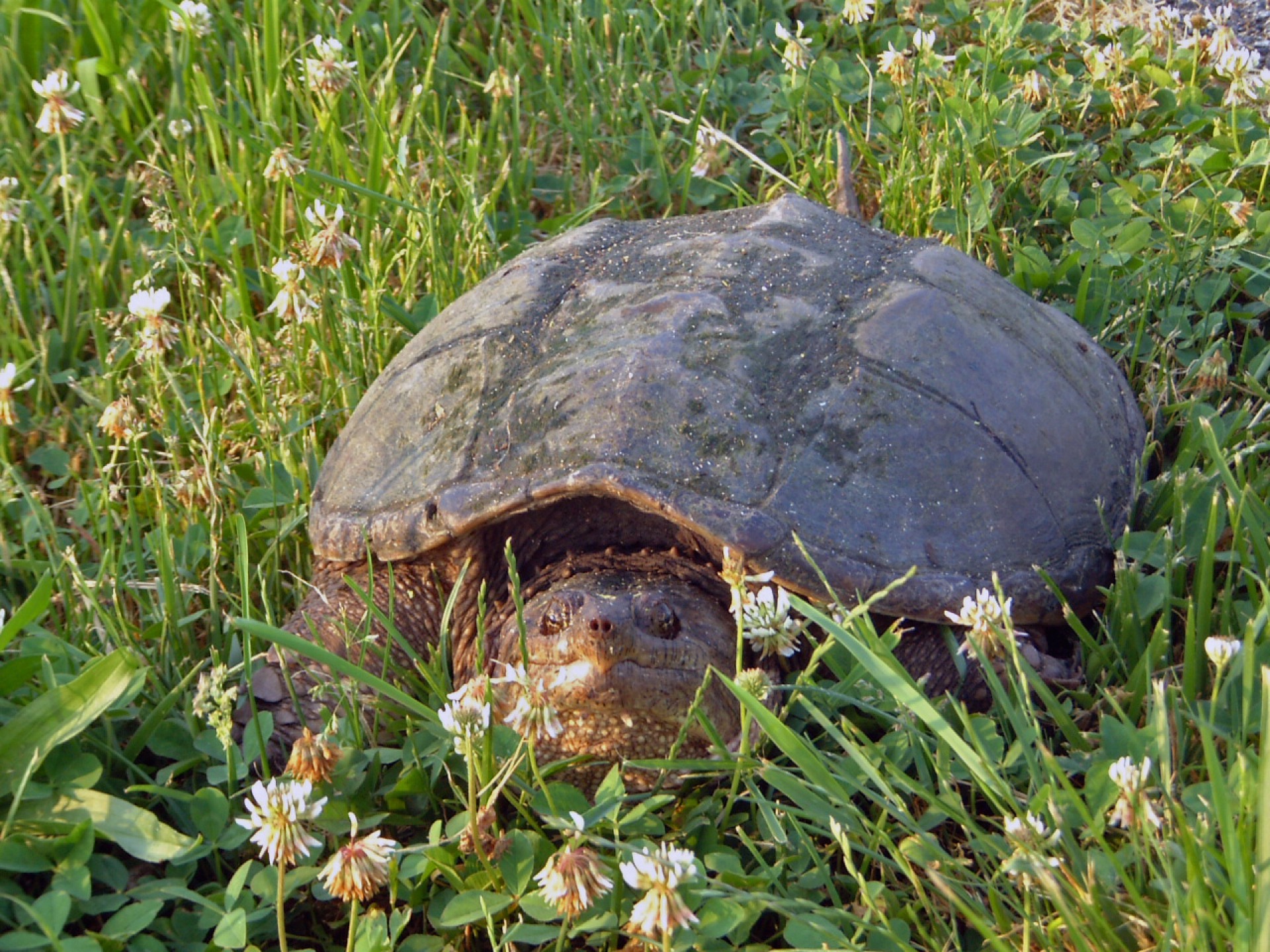These popular topics are heating up. Explore today's most viewed pages.
Often, when we think about turtles we think of sea turtles; from the iconic green sea turtle to the loggerhead sea turtle, sea turtles are the default turtle for a lot of us in the United States. But when you think about turtles you should remember they also live in freshwater & can be found throughout the country & the world in a variety of habitats. Here in Iowa, we have many different types of turtles, thirteen to be exact! Turtles, such as the snapping and painted turtles, are fairly common in our area however, several of our native species are threatened or endangered like their marine counterparts. Here are a couple of turtle species listed on the Iowa Department of Natural Resources Threatened and Endangered List.
Yellow Mud Turtle (Kinosternon flavescens)
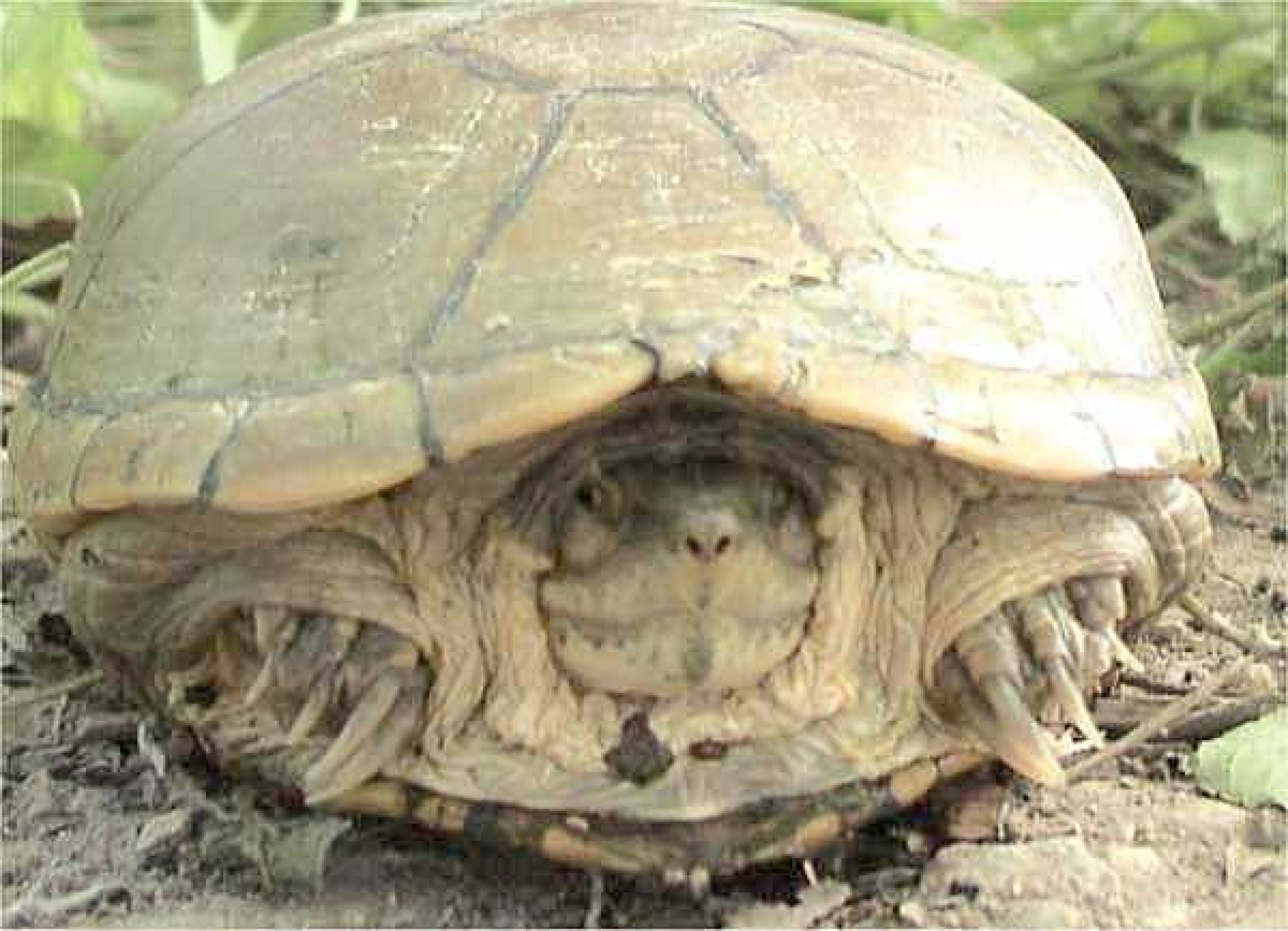
Yellow mud turtles are small, tan to olive green turtles named after the yellow on their necks, throats, and heads. The turtles can range from 4-6 inches in length, with males typically larger than females. These turtles prefer to reside in muddy or sandy areas near small freshwater ponds. During dry seasons when some ponds dry up, they may be found buried in the remaining mud. These turtles live for around 15 years in the wild. Yellow mud turtles are omnivorous, meaning that they eat both plants and animals, such as insects and amphibians. As adults they are not preyed upon very often, but when they do feel as if they are in danger they release a musk to repel predators. Yellow mud turtles are considered endangered because of habitat destruction and fragmentation.
Wood Turtle (Glyptemys insculpta formerly named Clemmys insculpta)
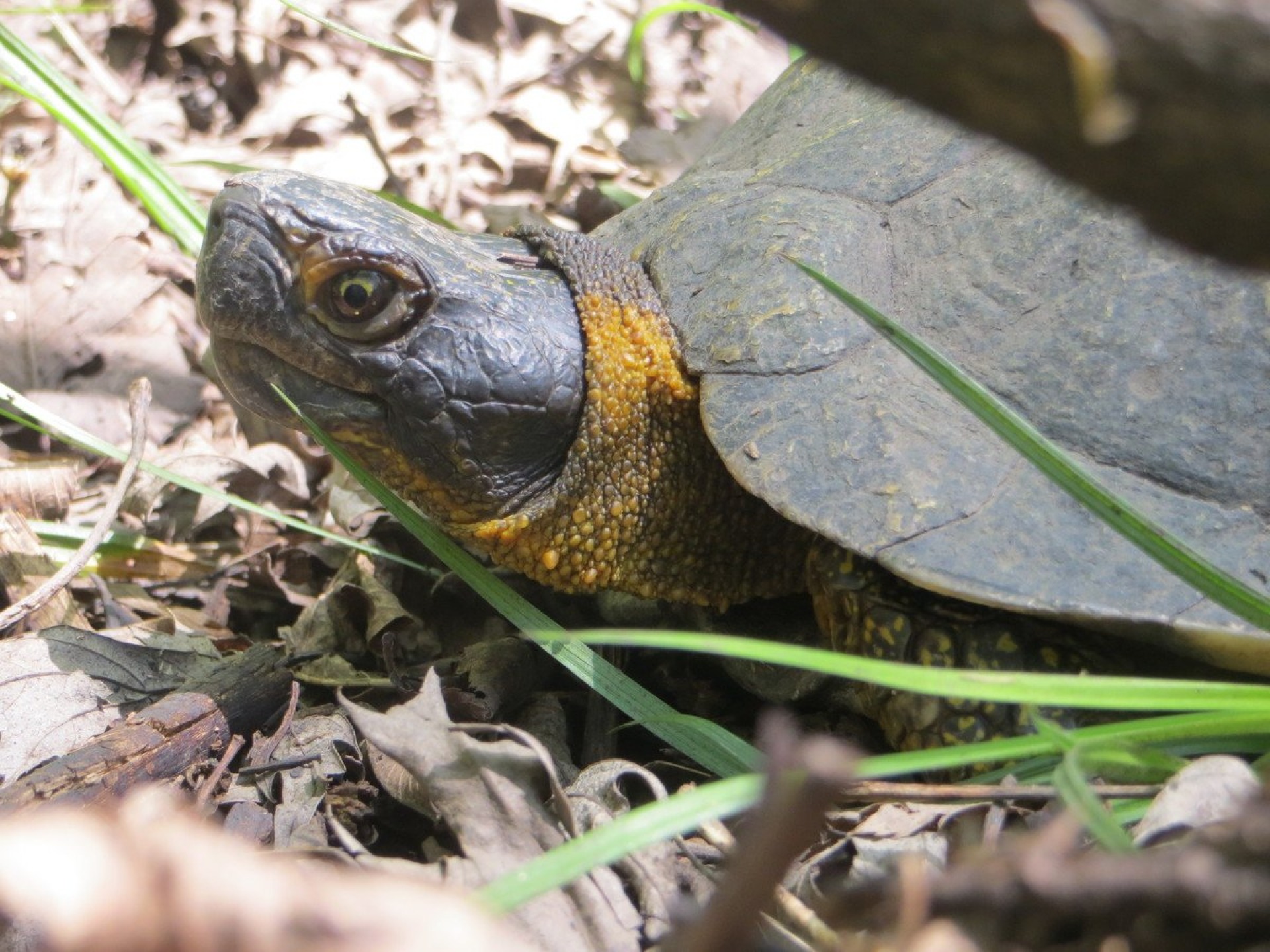
The wood turtle is named because its shell color & pattern looks very much like a piece of wood or bark. These turtles grow to be 5.5-8 inches long and have very long tails for turtles. Wood turtles are omnivorous, much like the yellow mud turtle. These turtles live in clear rivers, streams, and ponds. The need for clear water is what has put them on the endangered species list. Flooding and pollution, paired with a late maturation age of 14-18 years have put these turtles at risk of extinction.
Ornate Box Turtle (Terrapene ornata)
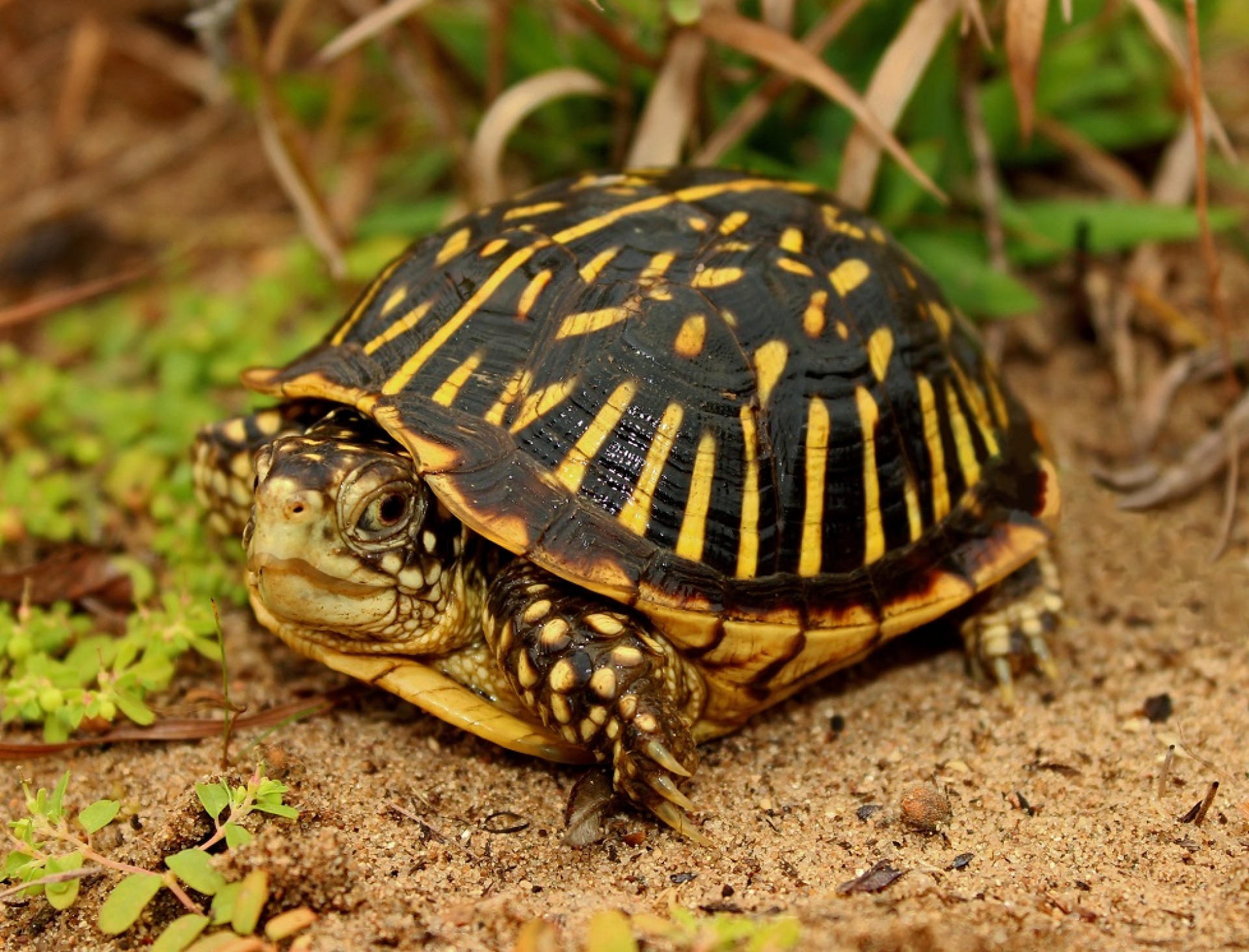
Ornate box turtles are the only solely terrestrial turtles in Iowa meaning they don’t spend a lot of their time in water & are more commonly found in grassy areas. Their shells have a high dome with yellow, patchy lines on a brown or green background. There are yellow to orange spots around the front legs and head, on a dark green to tan background & grow to be around 5 inches long. The ornate box turtles are mostly carnivorous, but will occasionally eat fruit and flowers. These turtles are threatened by habitat destruction and the pet trade.
Common Musk Turtle (Sternotherus odoratus)
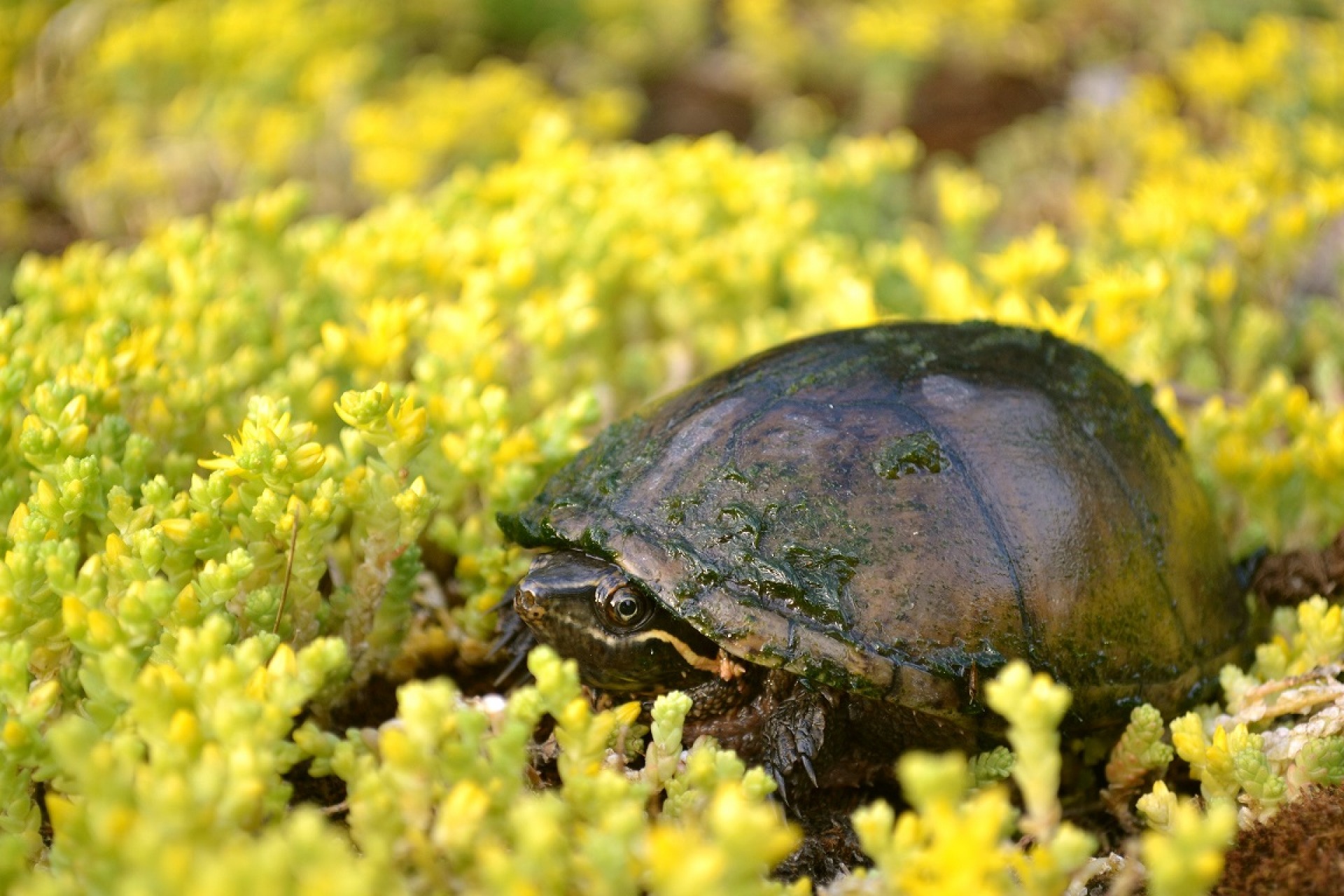
Common musk turtles are the smallest species of turtle in Iowa growing to only 4.5 inches long. As young turtles their shell is high & domed, this shape slowly drapes down with age. The shell is dark in color with no pattern. These turtles are often found in marshes and ponds near the Mississippi River. The turtle’s name comes from the musk glands that release a very strong smell, also earning them the name Stinkpot Turtle.
How can you help?
The best way to help all wild turtles, whether endangered, threatened, or not a species of concern, is to leave them when you find them. Do not take turtles, or any other animal for that matter, out of the wild.
If you would like to purchase a turtle as a pet, ensure that the individual or company selling them does not catch them in the wild and is a reputable, licensed breeder.
Help cleanup streams, rivers, ponds, and marshes. Cleaning up the habitats that turtles live in will help them survive.
Help support habitat restoration projects for wetlands and other habitats important for turtles.
Keep an eye on the roads for turtles trying to cross. This time of year, female turtles are looking for an ideal place to lay their clutch of eggs. Sometimes this search requires them to cross the road. If you come upon a turtle crossing, help it get across safely. If you need to pick it up to cross, ensure that you place it in the direction that it was walking in.
For more information about turtles in Iowa check out the following links!
iowadnr.gov/About-DNR/DNR-News-Releases/ArticleID/66
